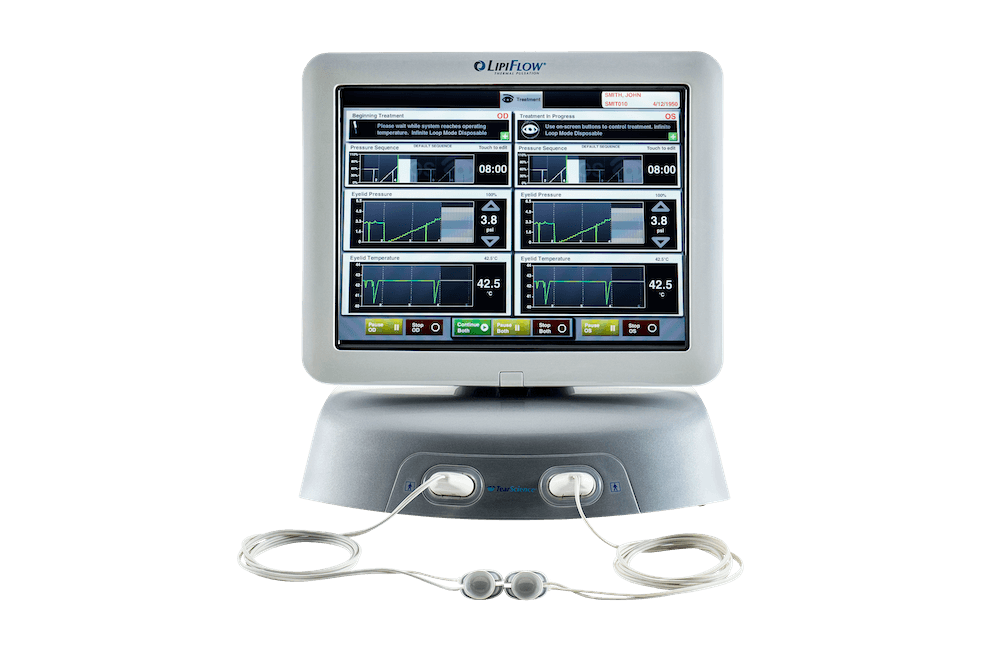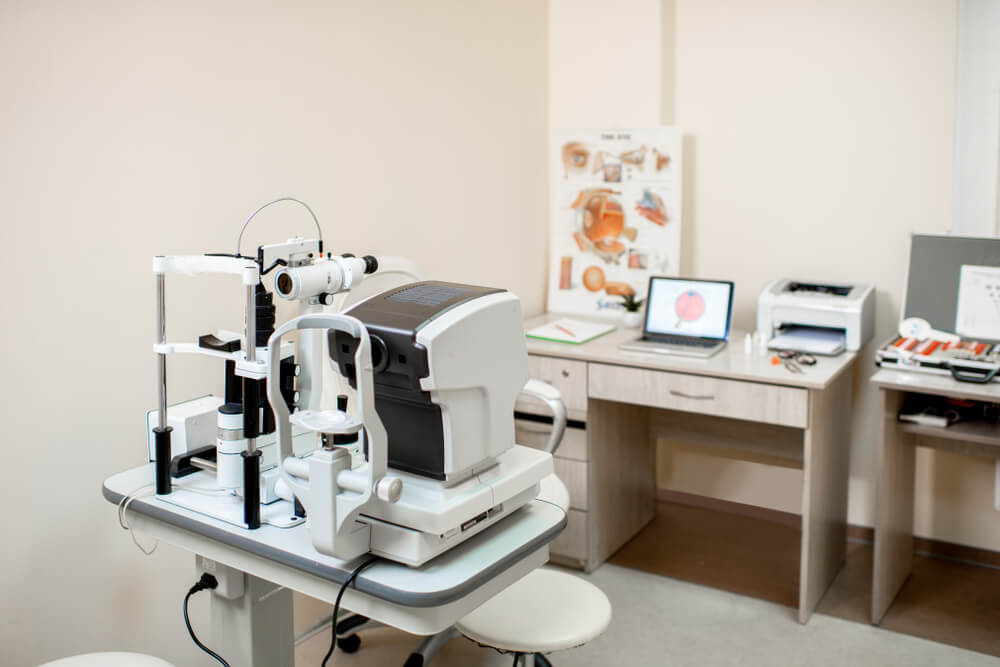Dry Eye Treatment in Northampton, MA
Today it is estimated that millions of people throughout the United States suffer from dry eye disease. In fact, it is considered to be one of the most common eye disorders worldwide.

Our tears play an important role in the functioning of our eyes. Each time we blink our tears provide the lubrication needed to wash out irritants, prevent infection and clear our vision. When the tears in our eyes fail to keep the eye lubricated we are left with a condition called dry eye.
Although there may be many factors contributing to dry eye, the most common cause is Meibomian Gland Dysfunction (MGD). It is estimated that 80% of dry eye is due to blocked Meibomian Glands. These glands are located in the lower inside eyelid and secrete oil that mixes with tears each time we blink. When these oil glands get clogged, they are no longer able to release oil causing tears to evaporate too quickly.
At Balin Eye & Laser Center we recognize the importance of maintaining the health of the ocular surface of the eye. Utilizing advanced diagnostic equipment, our doctors can measure the health of your Meibomian Glands and tear quality. Our Dry Eye Center is equipped with cutting-edge technology including the LipiFlow® Thermal Pulsation System an FDA approved medical device specifically dedicated to treating Meibomian Gland Dysfunction.

Symptoms of Dry Eye
Patients may experience mild to severe dry eye symptoms throughout their day. These symptoms may make it difficult to work on a computer, wear contacts or read. Patients may feel like their eyes are tired and not able to focus. For some patients, they may experience excessive tearing which is caused by the irritation or dryness of the eye.
If you are experiencing any of the following symptoms, we recommend an eye exam to properly assess, diagnose and treat your dry eye.
- Burning sensation
- Scratchy sensation
- Excessive tearing
- Sensation that something is in the eye
- Redness
- Swelling of the eyelids
- Blurred vision

If you would like to schedule a dry eye evaluation, please contact our office at 413-584-6666.
What Causes Dry Eye?
Dry eye occurs when the tears do not adequately lubricate the surface of the eye. Since the condition can be due to many factors, it is crucial that the cause of dry eye be accurately diagnosed in order to identify the best treatment options to optimize results.
The following is a list of potential causes of dry eye in patients:
- Meibomian Gland Dysfunction
- Several medications may cause dry eye
- Inflammatory skin and eyelid diseases such as Rosacea and Blepharitis
- Autoimmune disorders
- Environmental conditions
- Aging
- Excessive screen time with decreased blinking
- Seasonal allergies
Diagnosing Dry Eye
Our Approach in Diagnosing Dry Eye

- It all starts with a thorough patient history to identify potential symptoms of dry eye.
- The Schirmer’s test is performed to measure the amount of tears produced by the eye. A numerical low score would be an indicator of dry eye.
- Meibomian Gland Dysfunction (MGD) is considered to be the most common reason for dry eye in patients. In order to accurately diagnose MGD, our doctors use the LipiScan Meibomian Imager to assess the present condition of the Meibomian oil glands located on the lower inside eyelid. If MGD is detected, the doctor will perform a slit lamp examination to assess the functioning capabilities of each gland.
MGD occurs when the glands become clogged and no longer release oil onto the surface of the eye causing tears to evaporate too quickly. The LipiFlow Thermal Pulsation System is a medical device approved by the FDA to treat Meibomian Gland Dysfunction.
- During a slit lamp examination, the doctor will examine the eyelashes for any dandruff-like debris. If Demodex Blepharitis is suspected a skin sample or lash will be extracted and examined under the microscope. If Demodex is determined to be present an aggressive treatment plan will be implemented to eradicate the Demodex.
- Under the slit lamp the doctor will examine the eye for any signs of eye allergies.



